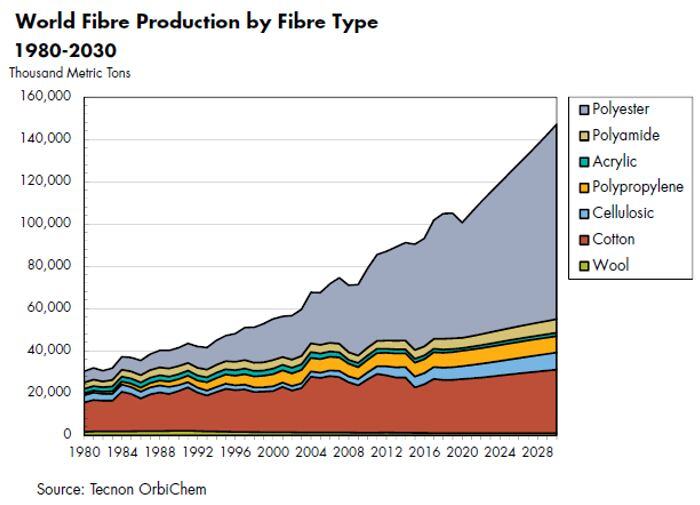
Following Tecnon OrbiChem’s report last year on Cellulosic Fibers based on the Nova-Institute Cellulosic Fibers conference, how has the outlook for cellulosic fibers developed in the past year based on reports at this year’s conference?
The market in early 2020 was seen as very buoyant for cellulosic fibers although overall growth rates were not more than 2.5% in 2019. Now, in the light of COVID-19, the picture has changed. On a world basis, most synthetic fibers showed a reduction in demand in 2020. According to major Chinese cellulosic producer Sateri, a decline in demand for viscose textile fibers has been seen in the last year albeit compensated by a swing in the demand for, and production of, nonwovens. Even before this, in the period 2014 to 2019, there was healthy, double-digit demand growth for cellulosic fibers into nonwovens.
Negative factors for demand for synthetic fibers include higher crude oil prices, and higher freight costs worldwide, according to Andreas Engelhardt of “The Fiber Year’’. There is a more difficult climate too for expensive, high-quality materials as consumers look to reduce costs post-COVID. This gives synthetic fibers such as polyester, with low production costs compared with cellulosic, some advantages.




